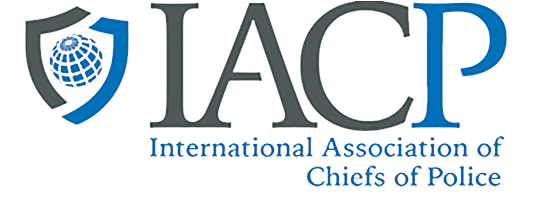The Biden administration released its highly anticipated national cybersecurity strategy Thursday, which is intended to provide steps it will take to protect the nation’s cybersecurity ecosystem.
Archives: News
How Mewat region turning into ground zero of cyber crimes
After Jamtara, the Mewat region spread over three states – Haryana, Rajasthan and Uttar Pradesh – is the new ground zero of cyber scamming. The new satellite towns and villages that are spread across in the region are mounting countless scams on hapless cellphone owners across the country.
U.S. Secret Service Opens Regional Cyber Training Program in Tallinn
Today, the U.S. Secret Service, in partnership with the Estonian Academy of Security Sciences and Baltic regional law enforcement authorities, opened a new cyber training program. The Baltic Computer Forensics Training Program (CFTP) will bring together law enforcement officers from around the Baltic region to develop new techniques to investigate and prosecute cyber criminals.
Ransomware criminals sanctioned in joint UK/US crackdown on international cyber crime
Seven Russian cyber criminals who are linked to the group behind some of the most damaging ransomware attacks on the UK in recent years have been exposed and sanctioned by the UK and the US.
Hive takedown illustrates FBI’s evolution towards victim-recovery efforts
The public blowback was swift and fierce when reports came out following the 2021 Kaseya ransomware attack that the FBI had obtained a decryptor for REvil’s malware but chose to hold onto it in secret for more than three weeks before passing it along to victims.
Phone Scam Investigation Results in Forfeiture of Nearly $3 Million in Cryptocurrency
Vanessa Roberts Avery, United States Attorney for the District of Connecticut, and Jean Pierre Njock, Acting Special Agent in Charge of the New Haven Division of the Federal Bureau of Investigation, today announced that an investigation of a fraud scheme targeting vulnerable victims has resulted in the forfeiture of approximately 151 Bitcoins, as well as other digital assets.
Top ten challenges for white collar crime and investigations lawyers in 2023
The Russian invasion of Ukraine, and post-pandemic pressures, have led to increased pressure on supply chains. Business pressure to find solutions can inadvertently lead to behaviours that fall foul of laws on bribery and corruption, financial sanctions, terrorism financing (e.g. for making payment to groups for safe passage of goods in certain territories). Enhanced expectations and, in some countries, specific supply chain due diligence laws mean that such misconduct is less likely to go unnoticed.
Twitter finds no evidence that user data put on sale was obtained through vulnerabilities
Twitter has found no evidence that recent hacks into its platform were the result of cyber criminals exploiting vulnerabilities on its system.
Ohio Man Pleads Guilty for Unlawfully Stealing Over 712 Seized Bitcoin Subject to Forfeiture in Brother’s Pending Criminal Case
Gary James Harmon, 31, of Cleveland, Ohio, pleaded guilty today to perpetrating a scheme to steal cryptocurrency that was pending criminal forfeiture from Harmon’s brother, now-convicted money launderer and proprietor of Grams-Helix, Larry Dean Harmon. Specifically, Harmon pleaded guilty to wire fraud and obstruction of justice for unlawfully taking more than 712 bitcoin that had been seized by law enforcement and was subject to forfeiture in the pending criminal prosecution of Larry Harmon.
Biden Signs Quantum Computing Cybersecurity Act
U.S. President Joe Biden signed the Quantum Computing Cybersecurity Preparedness Act into law last month to address the migration of federal agency systems to post-quantum cryptography (PQC) that can better resist attacks from quantum computers.






